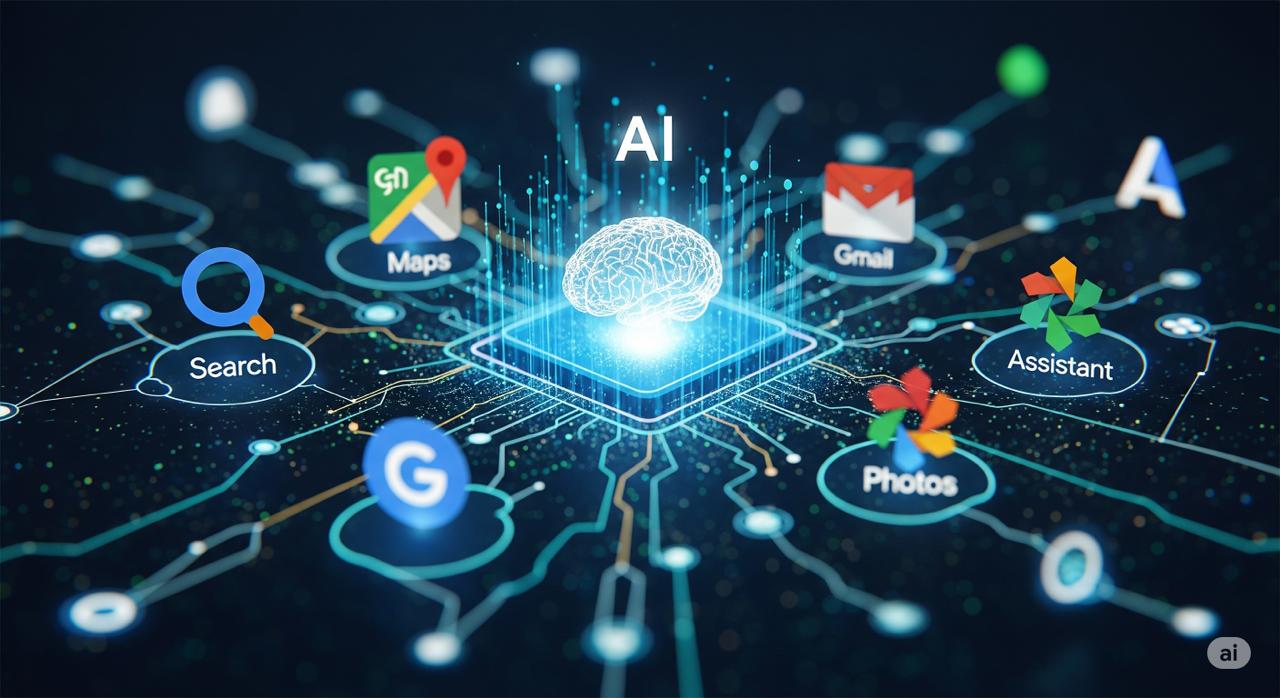Artificial intelligence (AI) has sparked both excitement and fear across industries, with doomsday predictions about machines replacing human workers dominating headlines. From self-driving cars to automated customer service bots, the narrative often paints AI as a job-stealing villain. But the reality is more nuanced: AI isn’t here to take your job outright—it’s more likely to transform it. The real game-changer? A new breed of professionals called prompt engineers, who wield AI tools with precision, could outpace those who don’t adapt. Here’s why prompt engineers are reshaping the workforce and how you can stay ahead in this AI-driven era.
The AI Revolution: Evolution, Not Elimination
The fear that AI will render entire professions obsolete isn’t new. Historically, technological advancements—from the Industrial Revolution’s steam engines to the rise of personal computers—have disrupted jobs but also created new ones. AI is no different. According to a 2023 report from the World Economic Forum, while AI and automation may displace 85 million jobs globally by 2025, they’re expected to create 97 million new roles. The catch? These new roles require skills that align with AI’s capabilities.
Rather than replacing humans, AI is augmenting work. In fields like healthcare, AI assists doctors by analyzing medical images with greater accuracy than the human eye. In marketing, it generates personalized content at scale. In software development, tools like GitHub Copilot write code snippets, speeding up workflows. The common thread? AI thrives when guided by humans who know how to harness its power effectively. Enter the prompt engineer.
What Is a Prompt Engineer?
A prompt engineer is a professional skilled in crafting precise instructions—or “prompts”—that guide AI systems to produce useful, accurate, and contextually relevant outputs. Think of them as translators between human intent and machine execution. Whether it’s generating a marketing campaign, debugging code, or creating a detailed report, prompt engineers design inputs that ensure AI delivers high-quality results.
For example, instead of asking an AI model, “Write a blog post,” a prompt engineer might input: “Write a 500-word blog post in a conversational tone, targeting small business owners, explaining three benefits of cloud computing, with a call-to-action for a free trial.” The specificity yields better results, saving time and reducing the need for revisions.
Prompt engineering requires a blend of technical know-how, creativity, and domain expertise. It’s not about replacing traditional roles but enhancing them. A graphic designer who learns to prompt AI art tools like Midjourney can produce stunning visuals faster. A writer using AI to draft outlines can focus on refining their unique voice. The prompt engineer’s edge lies in their ability to leverage AI to amplify productivity and creativity.
Why Prompt Engineers Are the New Power Players
The rise of prompt engineering signals a shift in the job market. Professionals who master AI tools are gaining a competitive advantage, often outpacing those who rely solely on traditional skills. Here’s why:
- Efficiency at Scale: Prompt engineers can automate repetitive tasks, allowing them to focus on high-value work. For instance, a data analyst using AI to clean datasets or generate visualizations can complete projects in hours instead of days.
- Cross-Industry Impact: Prompt engineering isn’t limited to tech. In education, teachers use AI to create personalized lesson plans. In legal services, prompt engineers streamline contract analysis. The ability to tailor AI outputs makes this skill universally valuable.
- Adaptability: AI models evolve rapidly, and prompt engineers stay ahead by learning how to interact with new systems. This adaptability makes them indispensable in dynamic industries.
A 2024 LinkedIn report highlighted “prompt engineering” as one of the fastest-growing job titles, with demand surging in tech, finance, and creative sectors. Companies like Anthropic, OpenAI, and xAI are hiring prompt engineers to refine their models, but the skill is also becoming a must-have for non-technical roles.
The Threat Isn’t AI—It’s Falling Behind
The real risk to your job isn’t AI itself but failing to adapt to it. Professionals who ignore AI tools risk being outpaced by those who embrace them. Consider two marketers: one manually crafts every campaign, while the other uses AI to generate drafts, analyze audience data, and optimize ad copy. The latter will likely deliver faster, data-driven results, making them more valuable to employers.
This dynamic mirrors past technological shifts. In the 1990s, typists who didn’t learn word processing software were quickly outpaced by those who did. Today, a graphic designer who shuns AI tools like DALL·E risks falling behind a competitor who can produce dozens of mockups in minutes. The message is clear: AI isn’t the threat—stagnation is.
How to Stay Ahead: Become AI-Savvy
You don’t need a computer science degree to thrive in an AI-driven world. Here’s how to position yourself for success:
- Learn the Basics of Prompt Engineering: Experiment with AI tools like ChatGPT, Grok, or Claude. Start with simple prompts and refine them to see how small changes impact outputs. Online courses on platforms like Coursera or Udemy offer accessible training.
- Integrate AI into Your Workflow: Identify repetitive tasks in your job that AI can streamline. For example, use AI to summarize reports, generate ideas, or automate data entry. Tools like Zapier or Make can connect AI to your existing software stack.
- Stay Curious and Experiment: AI evolves fast. Follow blogs, join X discussions, or explore communities like r/AIPromptEngineering to stay updated on new tools and techniques.
- Combine AI with Human Skills: AI can’t replicate emotional intelligence, critical thinking, or ethical judgment. Use AI to handle routine tasks, freeing you to focus on strategy, creativity, and relationship-building.
- Upskill Strategically: If you’re in a creative field, explore AI tools like Midjourney or Runway. If you’re in data analysis, learn to prompt AI for statistical insights. Tailor your learning to your industry.
The Future Belongs to the Adaptable
AI isn’t a job-killer—it’s a job transformer. The rise of prompt engineering underscores a broader truth: those who learn to work alongside AI will shape the future of work. Rather than fearing automation, see it as a tool to amplify your potential. A prompt engineer who uses AI effectively isn’t replacing you—they’re showing you what’s possible.
The choice is yours: cling to old ways and risk being outpaced, or embrace AI as a partner to enhance your skills. The jobs of tomorrow won’t belong to machines but to humans who know how to guide them. Start experimenting with AI today, and you might just become the prompt engineer your industry needs.




